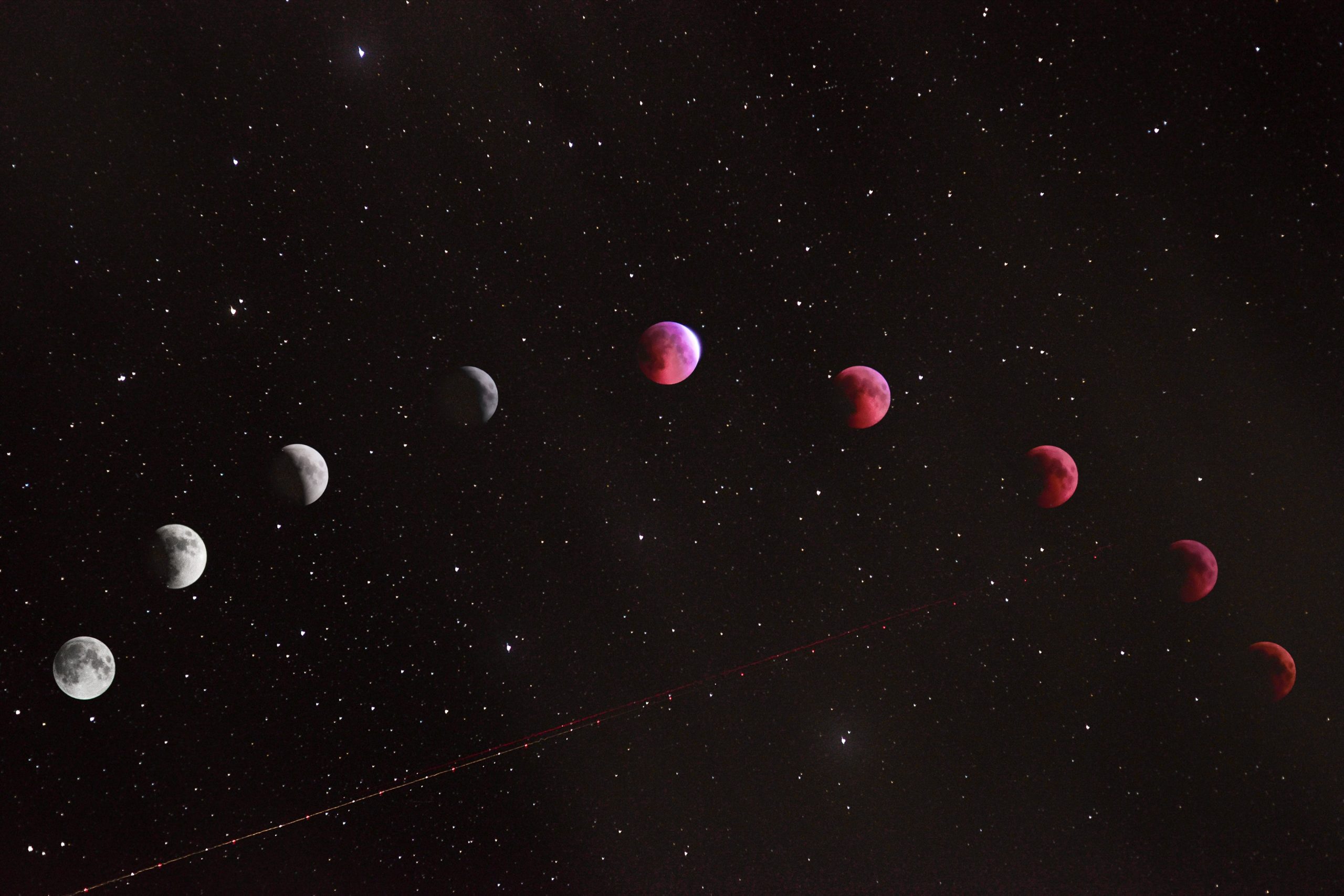Planting Vegetables by the Moon Calendar: A Guide to Harnessing Lunar Energy for Optimal Harvests
Are you tired of lackluster vegetable harvests? Have you tried numerous gardening techniques but haven’t achieved the results you desire? It’s time to explore an age-old practice that many gardeners swear by: planting vegetables according to the moon calendar. This ancient method is believed to harness the energy of the moon to promote healthy plant growth and increase yields. In this in-depth guide, we will dive into the science, history, and practical application of planting vegetables by the moon calendar. So, put on your gardening gloves and let’s get started!
The Science Behind Planting Vegetables by the Moon Calendar
Planting vegetables according to the moon calendar is based on the hypothesis that the moon’s gravitational force affects the moisture content in soil and plant sap. Lunar phases are believed to influence the movement of fluids, influencing germination, root growth, leaf development, and fruit production. By aligning our gardening activities with the lunar cycle, we can optimize these processes and achieve better results.
There are four main lunar phases to consider when planning your planting schedule:
- New Moon: This is when the moon is completely dark. It is a time of rest for plants, and gardening activities should be focused on preparing the soil and planning for the upcoming cycle.
- First Quarter: As the moon begins to wax, or grow larger, it is believed that sap rises in plants, promoting leafy growth. This phase is ideal for planting above-ground crops such as lettuce, spinach, and broccoli.
- Full Moon: This is when the moon is at its brightest. It is believed to be an optimal time for harvesting and planting root crops as sap is concentrated in the roots. Carrots, potatoes, and radishes thrive when planted during this phase.
- Last Quarter: As the moon wanes, or decreases in size, it is believed that moisture content in the soil decreases, making it an ideal time for pruning, weeding, and rotation of crops.
By aligning your planting schedule with these lunar phases, you can potentially optimize plant growth, improve crop health, and maximize yields.
The History and Cultural Significance
Planting vegetables by the moon calendar has been practiced for centuries across various cultures. Indigenous peoples, such as Native Americans and Aboriginal tribes, have long relied on lunar cycles to guide their agricultural activities. Even ancient civilizations like the Egyptians, Babylonians, and Mayans incorporated lunar planting methods into their agricultural practices.
While the scientific community may be divided on the efficacy of moon planting, anecdotal evidence and generations of successful gardeners testify to its benefits. The moon is considered a symbol of life and fertility in many cultures, and planting by the moon calendar is seen as a way to honor and connect with the natural rhythms of the earth.
How to Implement Moon Planting in Your Vegetable Garden
Now that you understand the science and history behind moon planting, it’s time to put this knowledge into action. Here’s a step-by-step guide to implementing moon planting in your vegetable garden:
Step 1: Acquire a Moon Calendar
To effectively plan your gardening activities according to the moon phases, you’ll need a reliable moon calendar. This can be obtained online, through smartphone apps, or by purchasing a physical calendar specifically designed for moon planting. These calendars provide detailed information about each lunar phase and the corresponding gardening tasks.
Step 2: Determine Planting Zones and Frost Dates
Before you begin planting, it’s crucial to understand the specific needs of your plant varieties and your local climate. Determine your planting zone and frost dates to ensure you’re planting at the appropriate time for each vegetable type. Aligning the lunar phases with the correct planting windows will maximize your chances of success.
Step 3: Plan Your Planting Schedule
Refer to your moon calendar and identify the recommended tasks for each moon phase. Plan ahead and create a planting schedule that outlines which vegetables to sow or transplant during the respective phases. Consider interplanting and succession planting to maximize space and optimize your garden’s productivity.
| Moon Phase | Recommended Tasks |
|---|---|
| New Moon | Soil preparation, composting, garden planning |
| First Quarter | Plant leafy greens, herbs, and flowering annuals |
| Full Moon | Harvest root crops, plant root vegetables |
| Last Quarter | Prune, weed, mulch, rotate crops |
Step 4: Observe and Record
Keep a gardening journal or calendar to track your observations and results. Take note of planting dates, lunar phases, weather conditions, and the progress of your crops. Over time, you’ll be able to identify patterns and refine your moon planting techniques to suit your specific growing conditions.
The Future of Moon Planting
As interest in sustainable gardening practices continues to grow, the revival of moon planting presents an intriguing avenue for exploration. While scientific evidence may still be limited, many gardeners find tremendous success and satisfaction in aligning their gardening activities with the moon calendar. Whether it’s the mystical energy or simply a reminder to be in tune with nature, moon planting offers a holistic approach to vegetable cultivation.
So, why not give it a try? Even if you’re initially skeptical, experimenting with moon planting may unlock new insights and deepen your connection to the natural world. Harness the power of the moon, and watch your vegetable garden thrive like never before!
Remember, gardening is an art, and every gardener brings their unique perspective and methods to the table. Embrace the wisdom of ancient traditions, adapt it to modern knowledge, and continue the cycle of learning and growth in your vegetable garden.
Table of Contents
